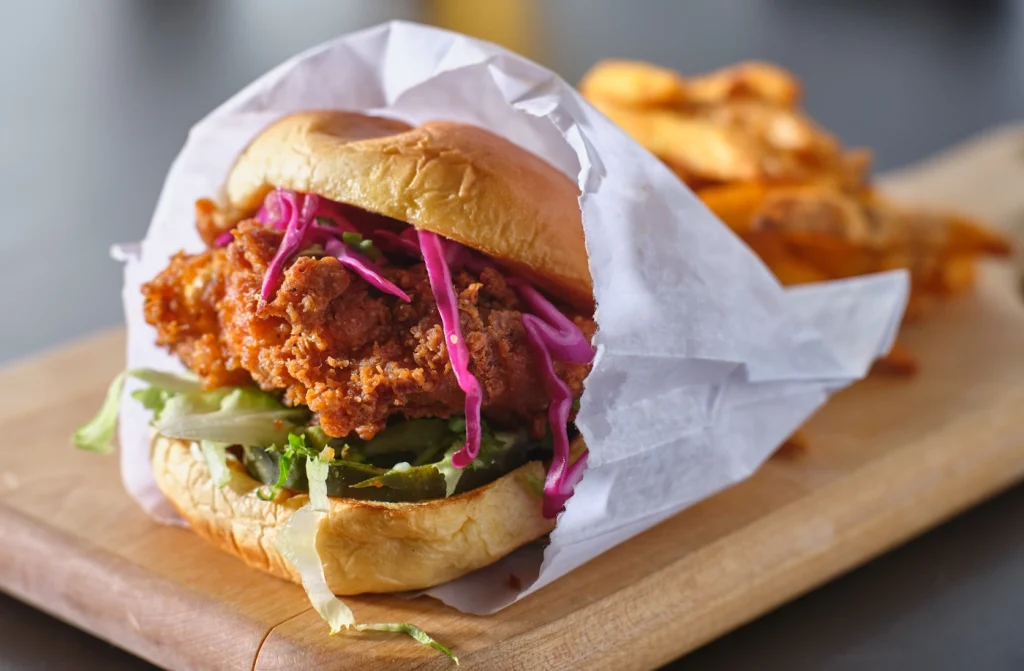Understanding the Role of Drawing in Tattooing
Drawing is undoubtedly a valuable skill in tattooing, but it’s not the only path to success. Many accomplished tattoo artists rely on stencils, tracing, and pre-made designs to create stunning tattoos. As an aspiring tattooist, focusing on your technical skills—like line work, shading, and ink application—can compensate for limited drawing abilities.
Tip: Develop a strong understanding of composition and how designs flow with the body’s contours. This will help you choose or adapt pre-made designs to suit your clients perfectly.
Leverage Stencils and Tracing Techniques
Stencils are a tattoo artist’s best friend, especially for those who aren’t confident in freehand drawing. Using pre-designed artwork, you can create clean, precise tattoos that your clients will love. Learn to use a thermal printer or hand-trace designs onto stencil paper to apply them to the skin effectively.
Action Step: Practice tracing intricate designs on paper or synthetic skin to refine your skills and improve your accuracy before moving to live clients.
Hone Your Tattooing Techniques
Focusing on technical aspects like line work, shading, and color blending can set you apart as a tattoo artist. Practicing on synthetic skin, fruits like oranges or bananas, or even practice mats allows you to refine your technique without pressure.
Pro Tip: Dedicate time to perfecting consistent line thickness and smooth gradients, as these are hallmarks of high-quality tattoos.
Invest in the Right Tattoo Equipment
Having the proper tools is essential for any tattoo artist. Start by learning how to use and maintain your tattoo machine, as well as understanding needle types and ink properties. Familiarize yourself with different machines, such as rotary and coil, to determine which best suits your style.
Quality equipment ensures precision and helps build your confidence during tattoo sessions.
Enhance Your Design Skills with Software
Graphic design software like Procreate, Adobe Illustrator, or even free tools like GIMP can help you create or modify tattoo designs digitally. These tools allow you to experiment with layouts, colors, and elements, giving you greater control over the final product without requiring advanced drawing skills.
Tip: Use these programs to create templates or adjust client-provided designs, ensuring they’re tattoo-ready.
Seek Mentorship and Apprenticeships
Learning from an experienced tattoo artist is invaluable. A mentor can teach you the ins and outs of the trade, from setting up your station to understanding client interactions. Many mentors are happy to guide you in using stencils and pre-made designs effectively.
How to Find a Mentor: Visit local tattoo shops, attend conventions, and connect with artists whose work you admire. Building relationships within the industry can open doors to mentorship opportunities.
Start Small with Simple Designs
As you build your confidence, focus on simple and popular tattoo styles like geometric patterns, lettering, or minimalistic designs. These are often in high demand and require precision rather than elaborate artistic skills.
Creating a portfolio of clean, well-executed designs will showcase your strengths to potential clients and employers.
Develop Your Own Style Over Time
As you gain experience, you’ll find opportunities to incorporate more creativity into your work. Collaborate with clients on custom pieces, adapt pre-made designs, or experiment with styles that challenge you. The key is continuous learning and pushing your boundaries while remaining confident in your current skill set.
Conclusion: Your Artistic Journey Awaits
Becoming a tattoo artist without drawing skills is not only possible—it’s a rewarding journey that highlights the importance of dedication, technical expertise, and creative thinking. By mastering stencils, honing your techniques, and seeking guidance from seasoned professionals, you can build a successful career in tattooing. Ready to take your next step? Check out our business tips for tattoo artists to learn how to grow your brand and reach more clients and be sure to review our Tattoo Artist FAQ page as well.
Finally, post your best work on social media and encourage feedback. This is a great way to learn what your audience is looking for. Remember your portfolio is your brand, you social media postings will show your growth over time.
Building a successful tattooing career requires more than artistic skill—it also requires a strong online presence. A custom tattoo artist website can showcase your work, attract clients, and help you stand out in the industry.







